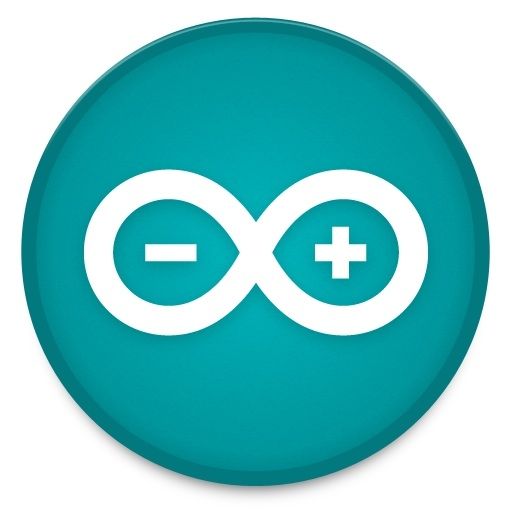Arduino Library – Tone
Installatie van Arduino IDE libraries: Arduino info

Informatie (ENG):
Description
This is an Arduino Library to produce square-wave of the specified frequency (and 50% duty cycle) on any Arduino pin.
A duration can optionally be specified, otherwise the wave continues until stop() is called.
The pin can be connected to a piezo buzzer or other speaker to play tones.
Be sure to try out the RTTTL (RingTone Text Transfer Language) example!
Arduino Core Version
A simplified version of the Tone library has been incorporated into the Arduino core since 0018. It only provides a single tone (since only one timer is used). You can find the core documentation here.
Check out the tutorial by Tom Igoe at NYU’s Interactive Telecommunications Program (ITP). It demonstrates how to use the core tone() andnoTone() commands.
WARNING
Do not connect the pin directly to some sort of audio input. The voltage is considerably higher than a standard line level voltages, and can damage sound card inputs, etc. You could use a voltage divider to bring the voltage down, but you have been warned.
The library uses the hardware timers on the microcontroller to generate square-wave tones in the audible range.
You can output the tones on any pin (arbitrary). The number of tones that can be played simultaneously depends on the number of hardware timers (with CTC capability) available on the microcontroller.
- ATmega8: 2 (timers 2, and 1)
- ATmega168/328: 3 (timers 2, 1, and 0)
- ATmega1280: 6 (timers 2, 3, 4, 5, 1, 0)
The timer order given above is the order in which the timers are allocated. Timer 0 is a sensitive timer on the Arduino since it provides millis()and PWM functionality.
The range of frequencies that can be produced depends on the microcontroller clock frequency and the timer which is being used:
| MCU clock | 8 bit timer Flow | 16 bit timer Flow | Fhigh |
| 8 MHz | 16 Hz | 1 Hz (1/16 Hz) | 4 MHz |
| 16 MHz | 31 Hz | 1 Hz (1/8 Hz) | 8 MHz |
Although Fhigh can go as high as 8 MHz, the human hearing range is typically as high as 20 kHz.
Tone accuracy is dependent on the timer prescalar. Frequency quantization occurs as the frequencies increase per prescalar.
If you used a 16 bit timer (e.g. timer 1, or timers 3,4,5 on ‘1280), you could generate “tones” down to 1/8 Hz (one cycle every 8 seconds), although the library only accepts integers for frequency.
After all is said and done, because play() only accepts unsigned integers for frequency, the maximum frequency that can be produced is 65535 Hz – which, after rounding, results in a 65573.77 Hz “tone” on a 16 MHz part. Even if play accepted larger values for frequency, you couldn’t achieve better than around 80KHz with the Tone library because the pin toggling is done in software. Each toggle, in software, requires AT LEAST 50+ cycles.
Download Arduino Tone library @ code.google.com / oude versies
[#/arduino/libraries/tone” ]

